Capybaras are one of nature’s cutest rodents, and they’re known around the world for their chilled-out mindset and impressive size (they’re the world’s largest rodents). But there’s far more to this adorable creature than meets the eye. Here are 17 intriguing facts about capybaras that you may not know.
They’re Like Living Lawnmowers
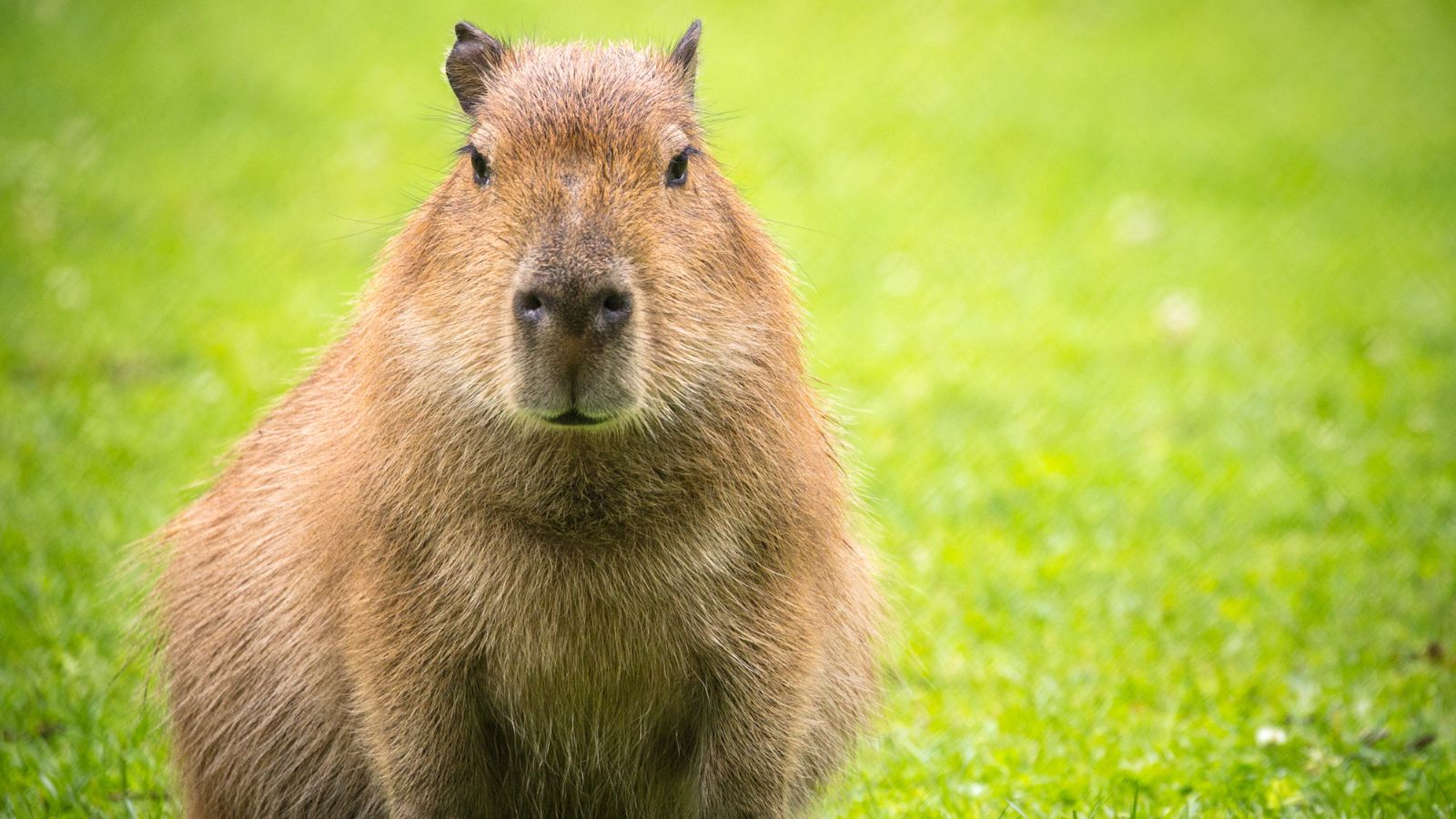
Capybaras are hungry little creatures—according to PBS, they have deceptively large stomachs. They’re capable of eating six to eight pounds of grass every single day. For comparison, humans usually eat around three to five pounds of food per day. We wonder if they left room for dessert.
They’re Not a Single Species
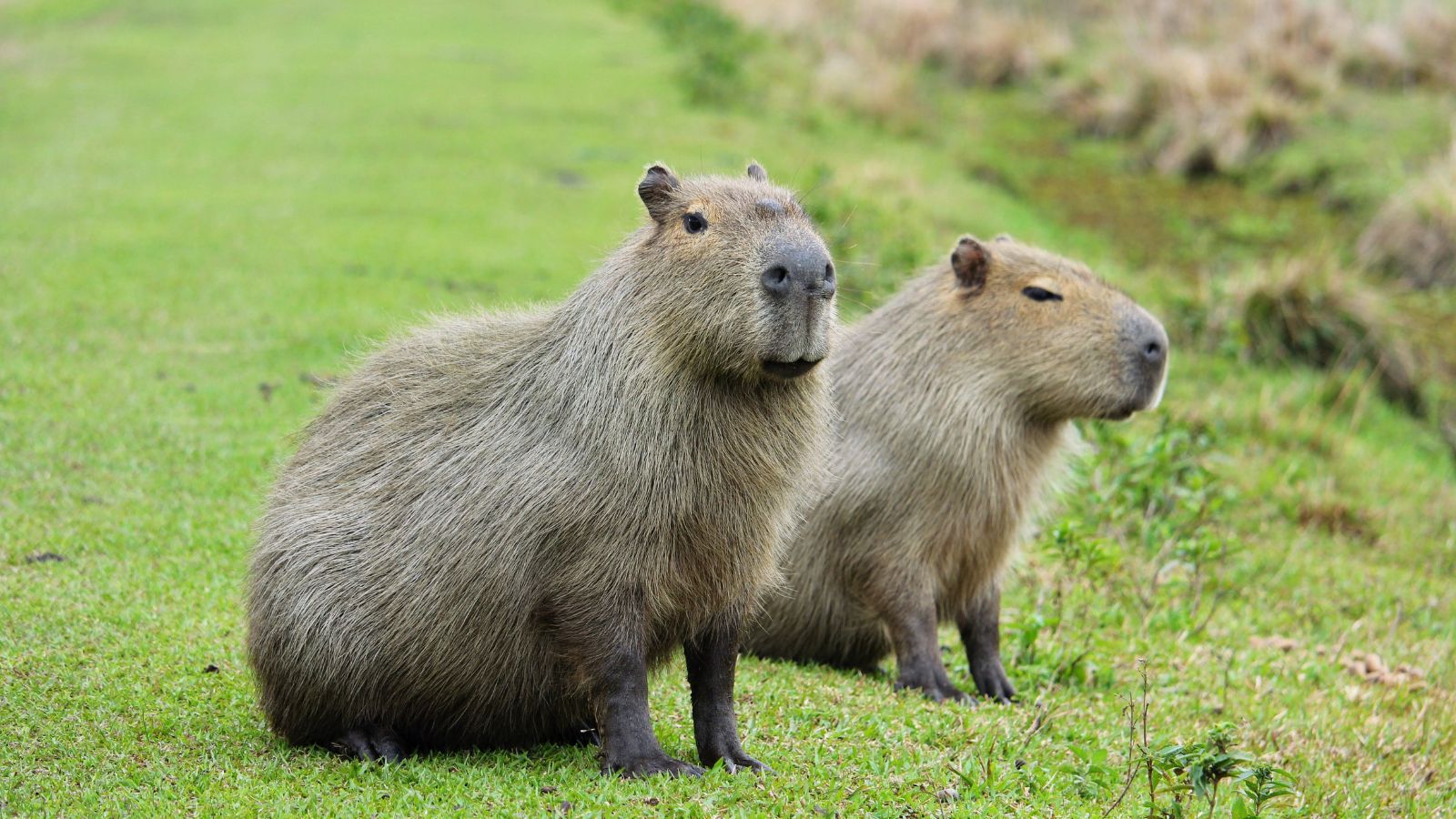
Though we generally talk about capybaras as though they’re a single species, there are actually two different types. The Hydrochoerus hydrochaeris is the larger of the two, reaching 1.3 meters in length, while the Hydrochoerus isthmus tops out at around 1 meter in length.
Their Skin Needs Water So It Doesn’t Dry Out
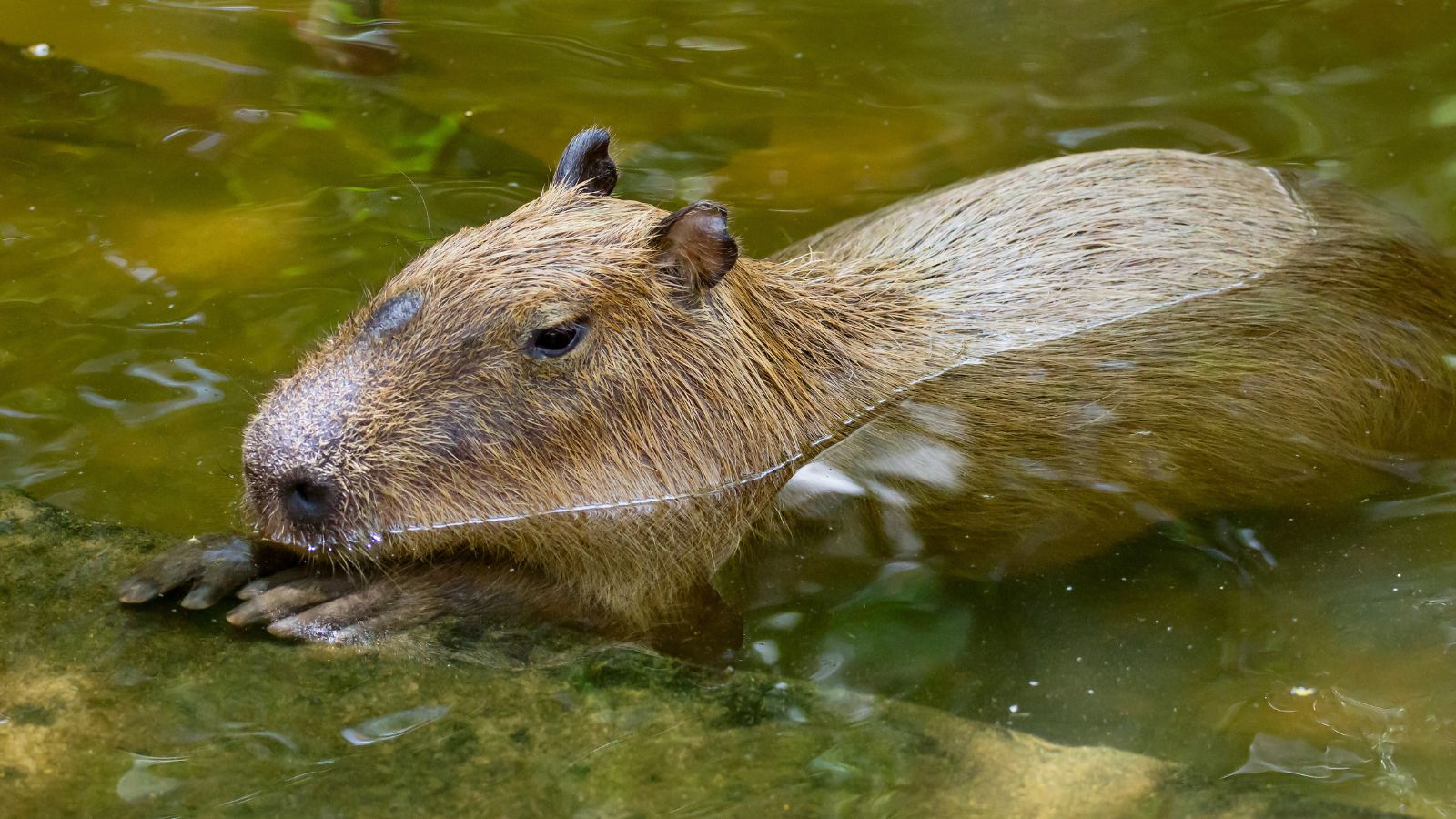
Capybaras aren’t able to purchase the latest skincare serums, so these dry-skinned rodents are forced to build their schedules around keeping wet. This is why capybaras spend so much time swimming or sitting in water, as it keeps their skin from dying out under the hot South American sun.
They Have Some Unsavory Food Tastes
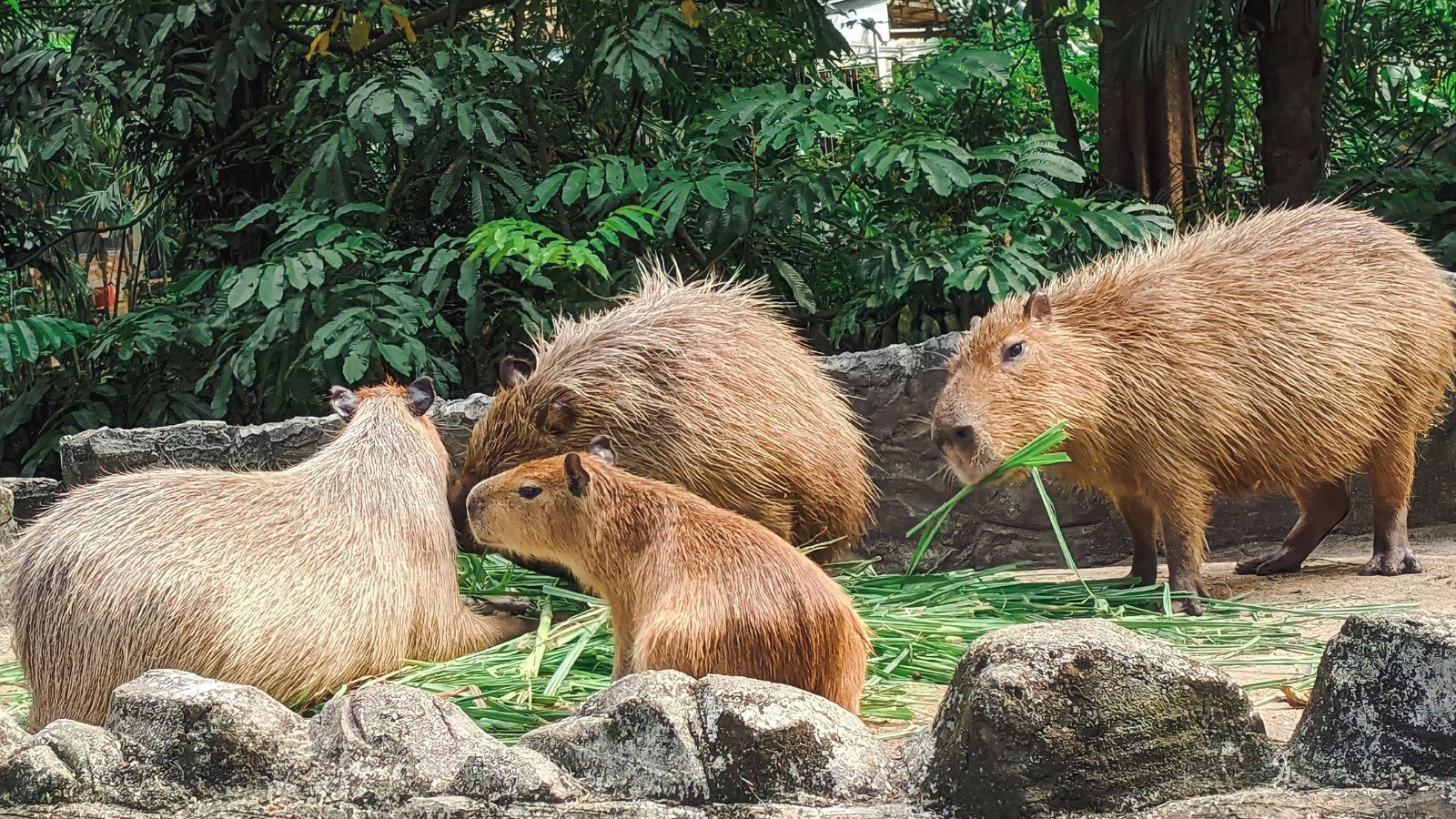
Capybaras eat some things that wouldn’t look out of place on a human table, such as melons, squashes, and grains, but not everything they eat is fit for human consumption. These rodents often consume their own feces as a healthy snack—the bacteria help their stomachs process fiber.
Their Young Are Called Pups
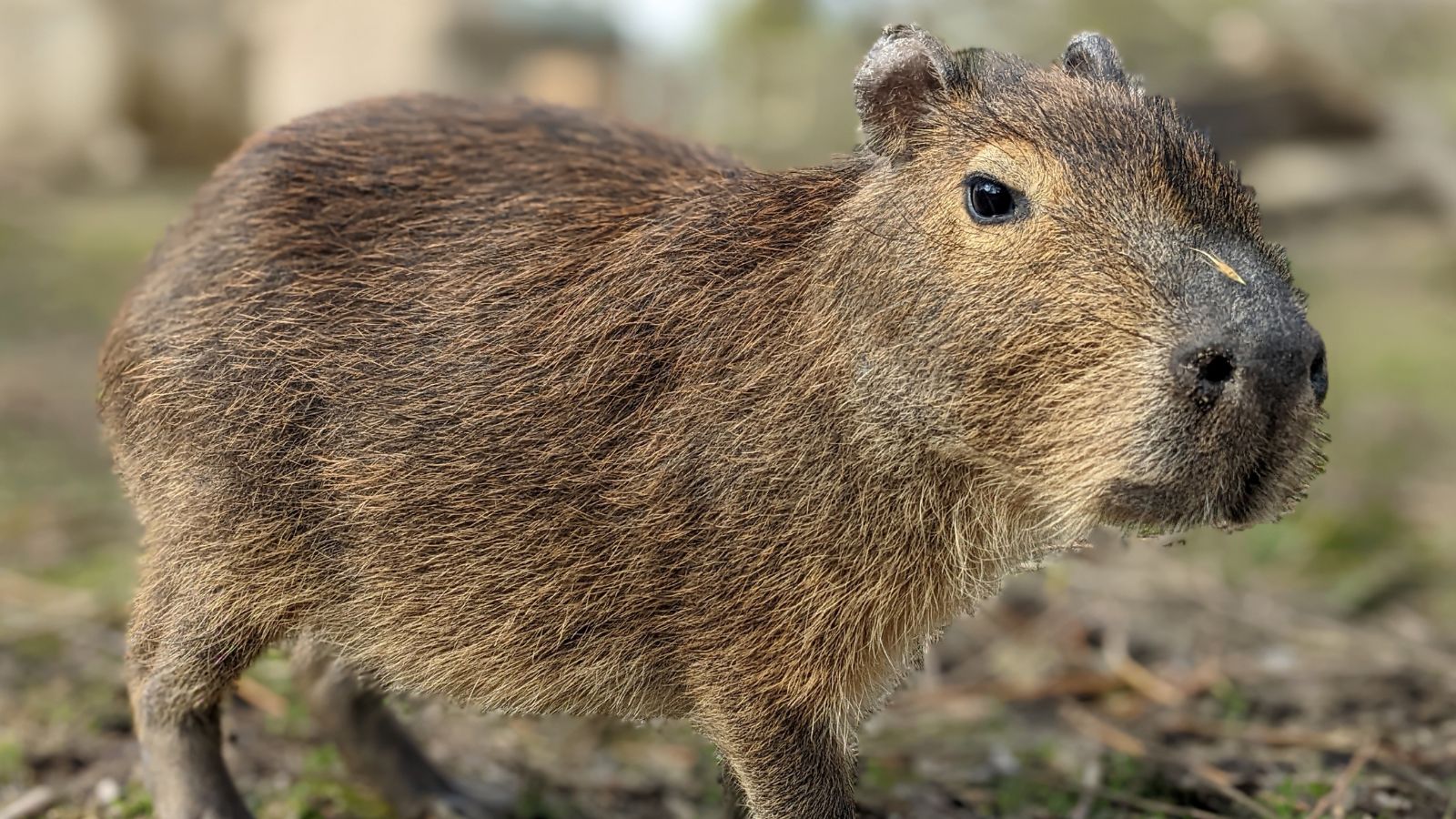
It’s always tough to decide what to call a new baby, but we reckon that the capybaras have it sorted—their young are called ‘pups.’ Pups grow in their mother’s womb for about six months before being born in litters of eight. Can you imagine having eight siblings to cope with?
They Live In Communities
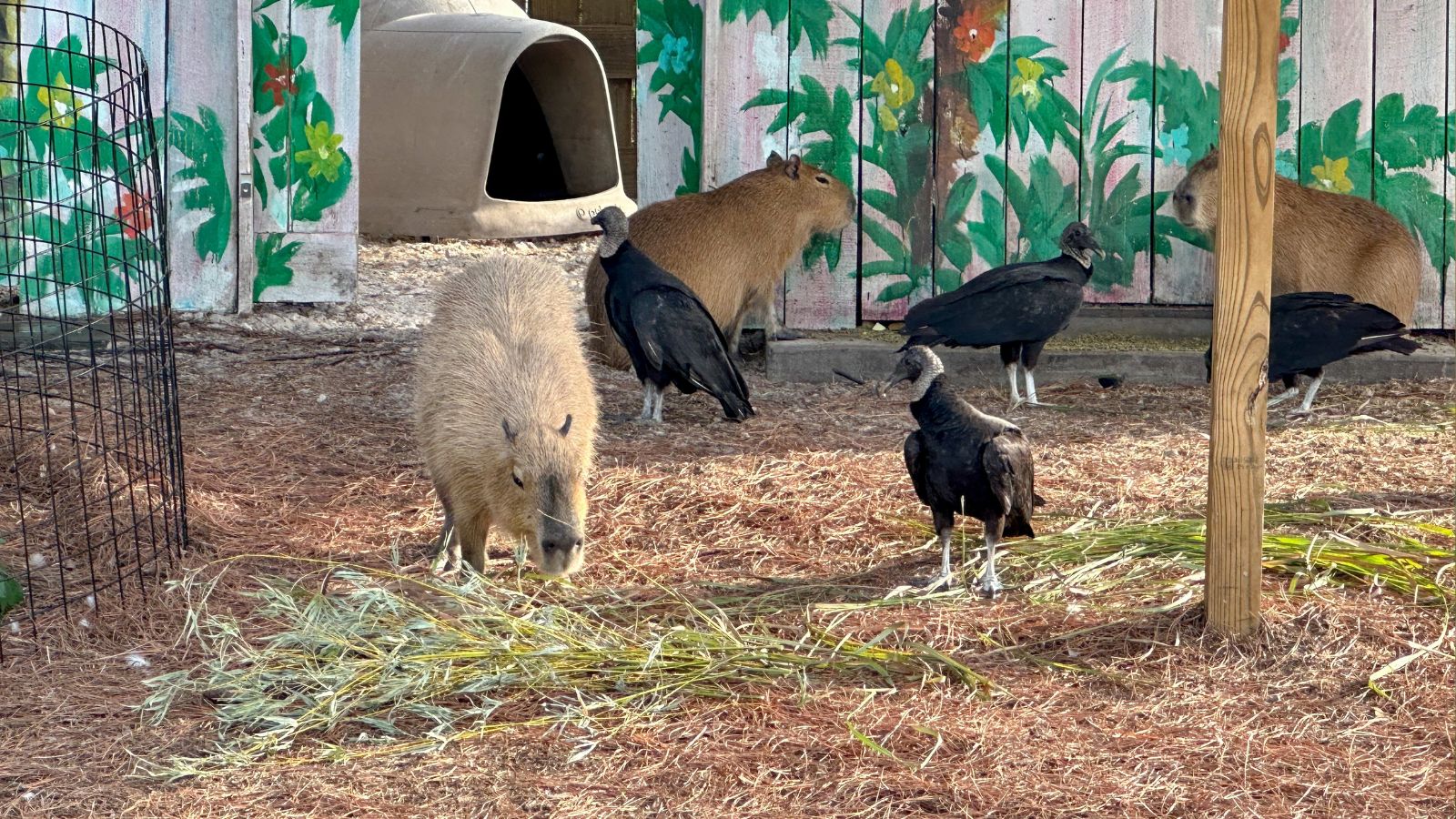
Capybaras have a reputation for being friendly and relaxed with most of their animal neighbors, and this love of company also extends to their own species. Because they’re herd animals, it’s not impossible to see capybaras hanging out in groups of 40. Safety in numbers means that they’re well-equipped to handle predators.
They Do Have Predators
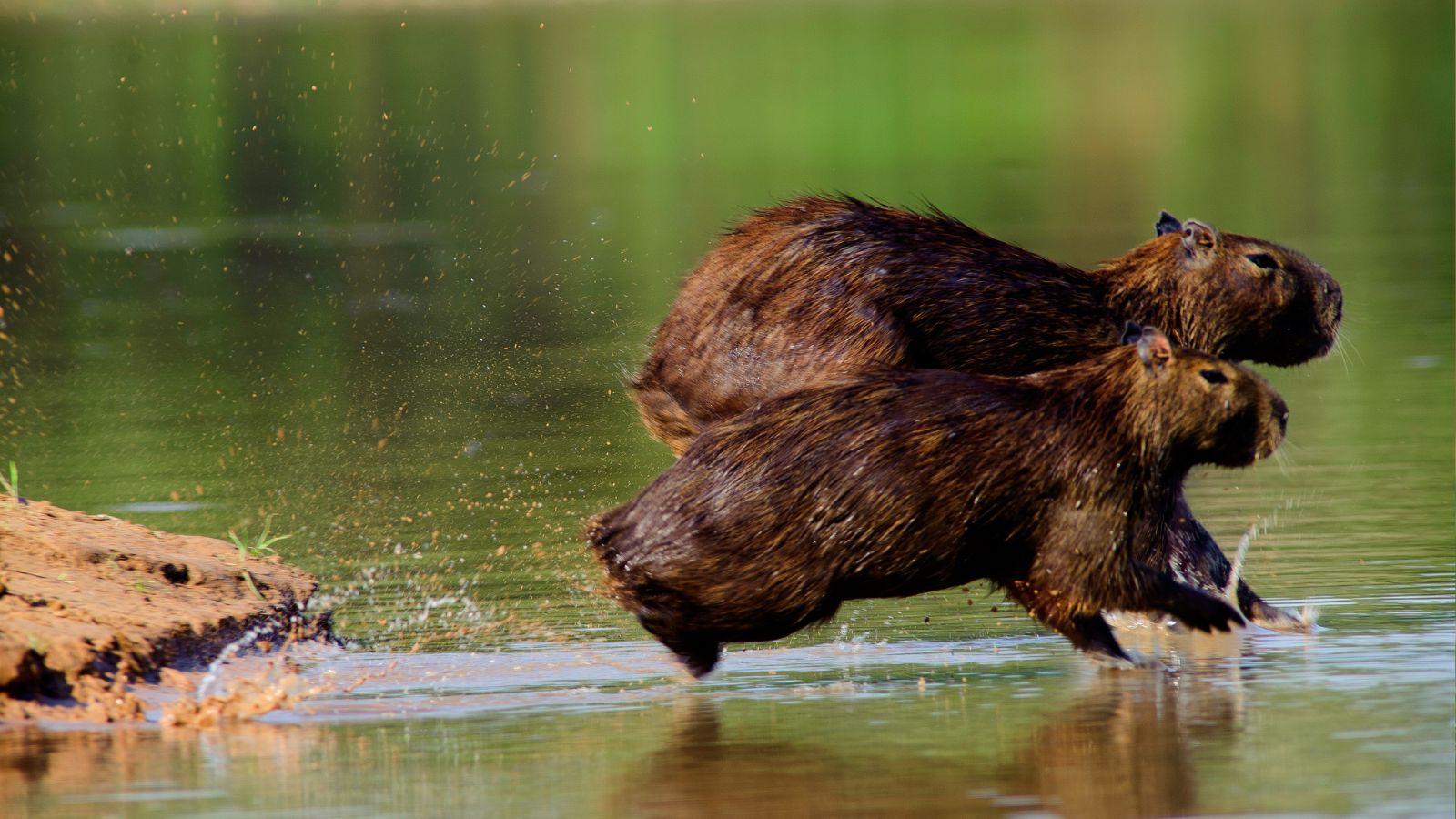
It’s not all sunshine and rainbows in the animal kingdom, and even the notoriously laidback capybaras have some natural enemies. Young capybaras are especially at risk from predators like eagles, anacondas, and jaguars. Human hunting also poses a threat to these creatures in some regions.
They’re Fantastic Swimmers
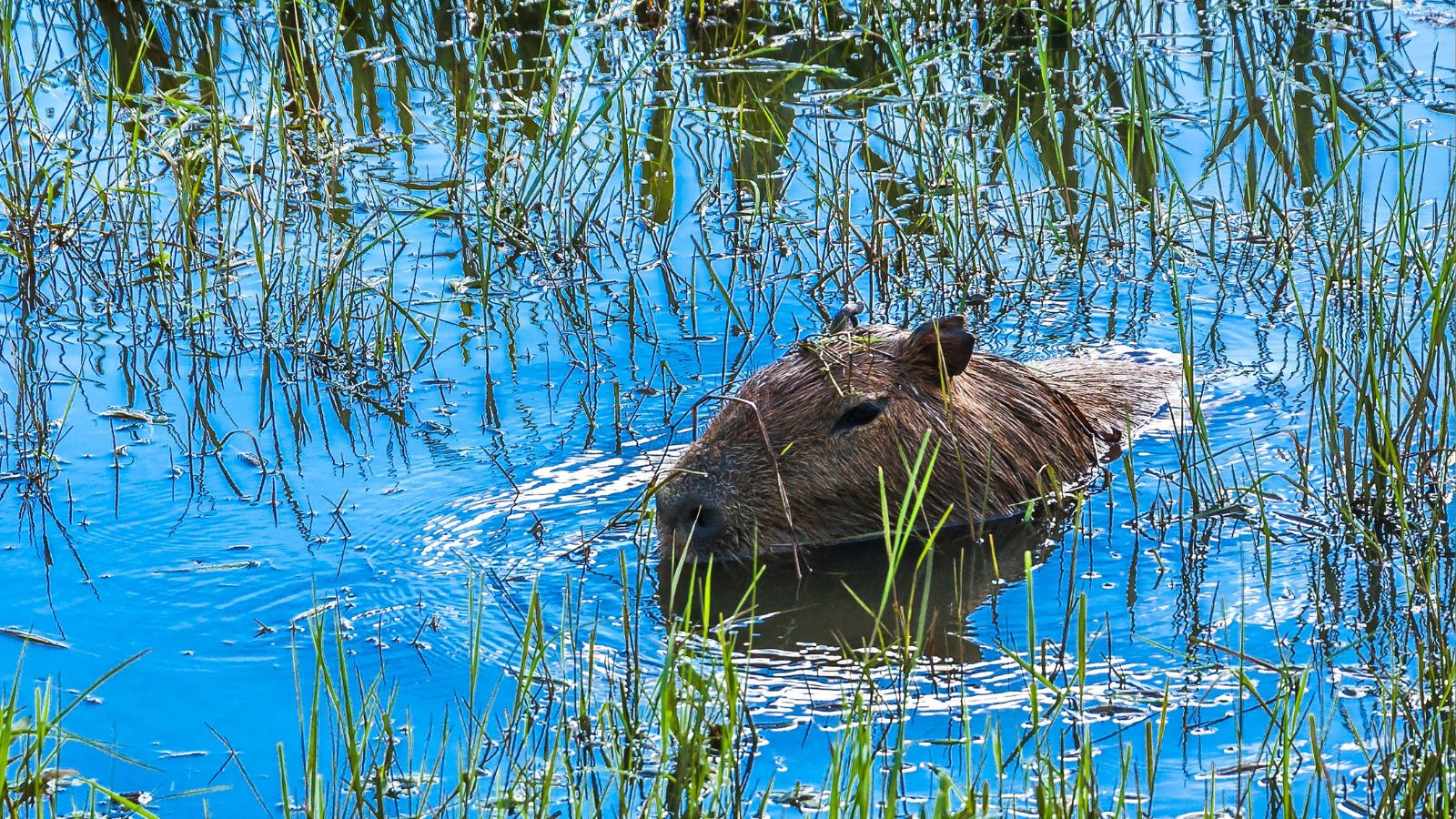
Capybaras are especially talented when it comes to surviving underwater. They’re able to navigate rivers and streams thanks to their barrel-shaped bodies and waterproof skin, while their ability to hold their breath underwater for up to five minutes provides a great way to hide from predators.
Some Cultures Eat Capybara

We’ve eaten some interesting things, but we draw the line at cooked capybara! However, Brittanica reveals that capybaras are actually hunted for their meat in some parts of South America. Those who’ve dared to chow down on a capybara steak report that the meat tastes like a saltier version of pork.
They Have Short Lifespans
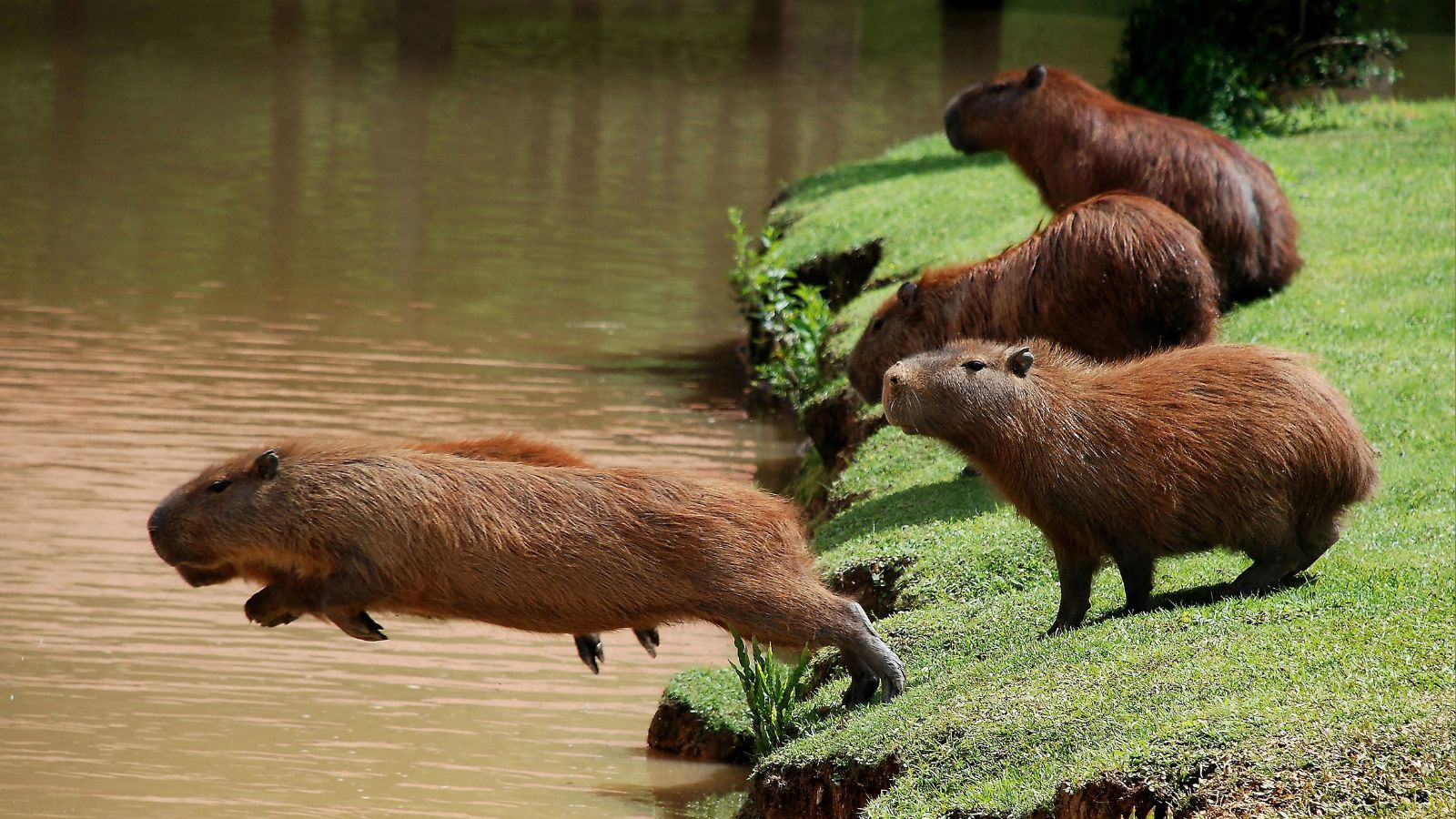
Unfortunately, these adorable rodents live fairly short lives. Although capybaras living in captivity can survive for up to 12 years when given the proper medical care, their wild relatives have less encouraging prospects. In the wild, the life expectancy for capybaras is a tragically short 10 years.
They Don’t Like Interaction With Humans
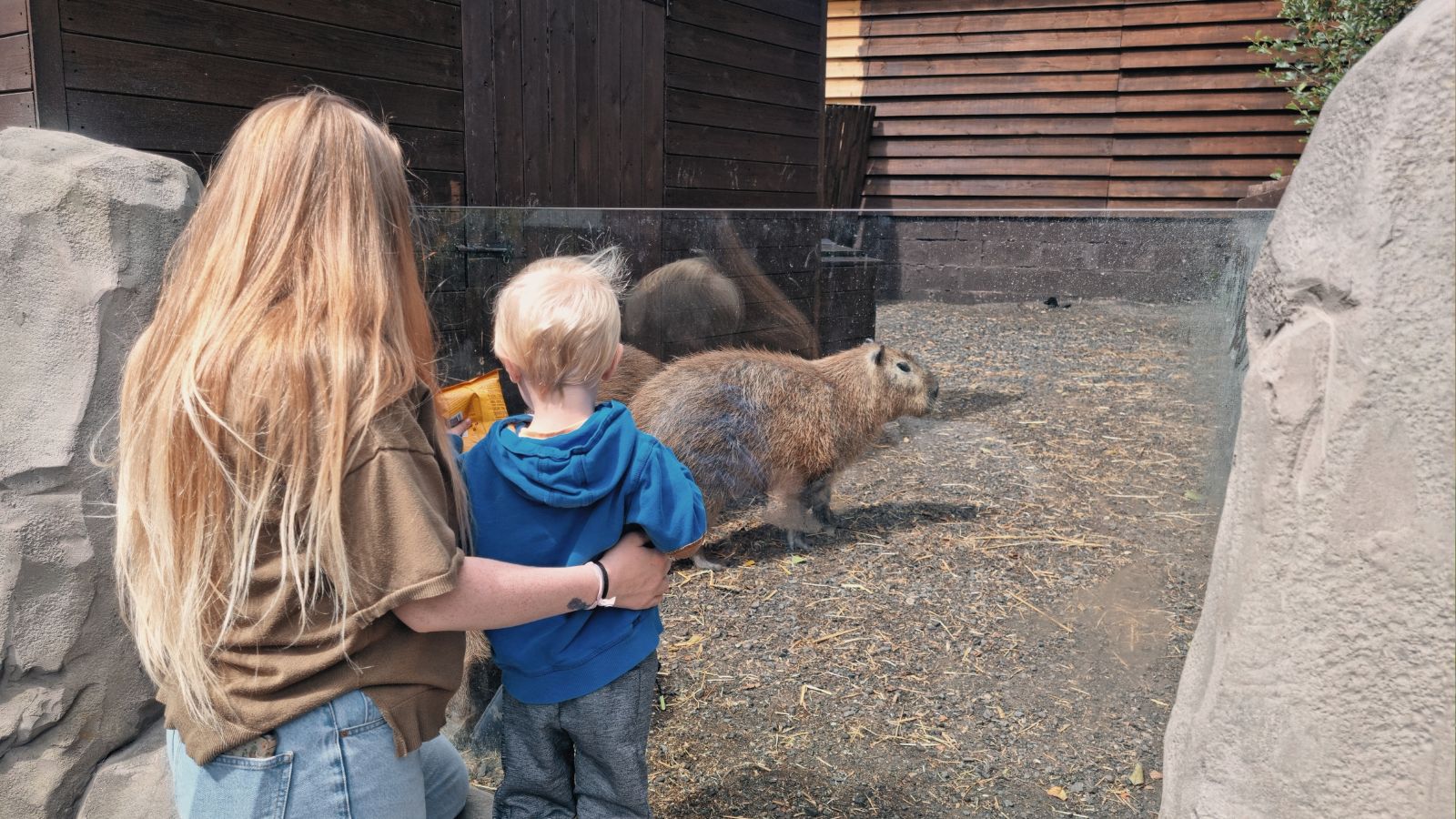
Despite their unbothered attitude towards other animals, capybaras prefer to stay with themselves, either living in solitude or with other capybaras. Interaction with humans seems to increase their social anxiety—capybaras who have recently encountered people are more timid and nocturnal.
They Have Webbed Feet
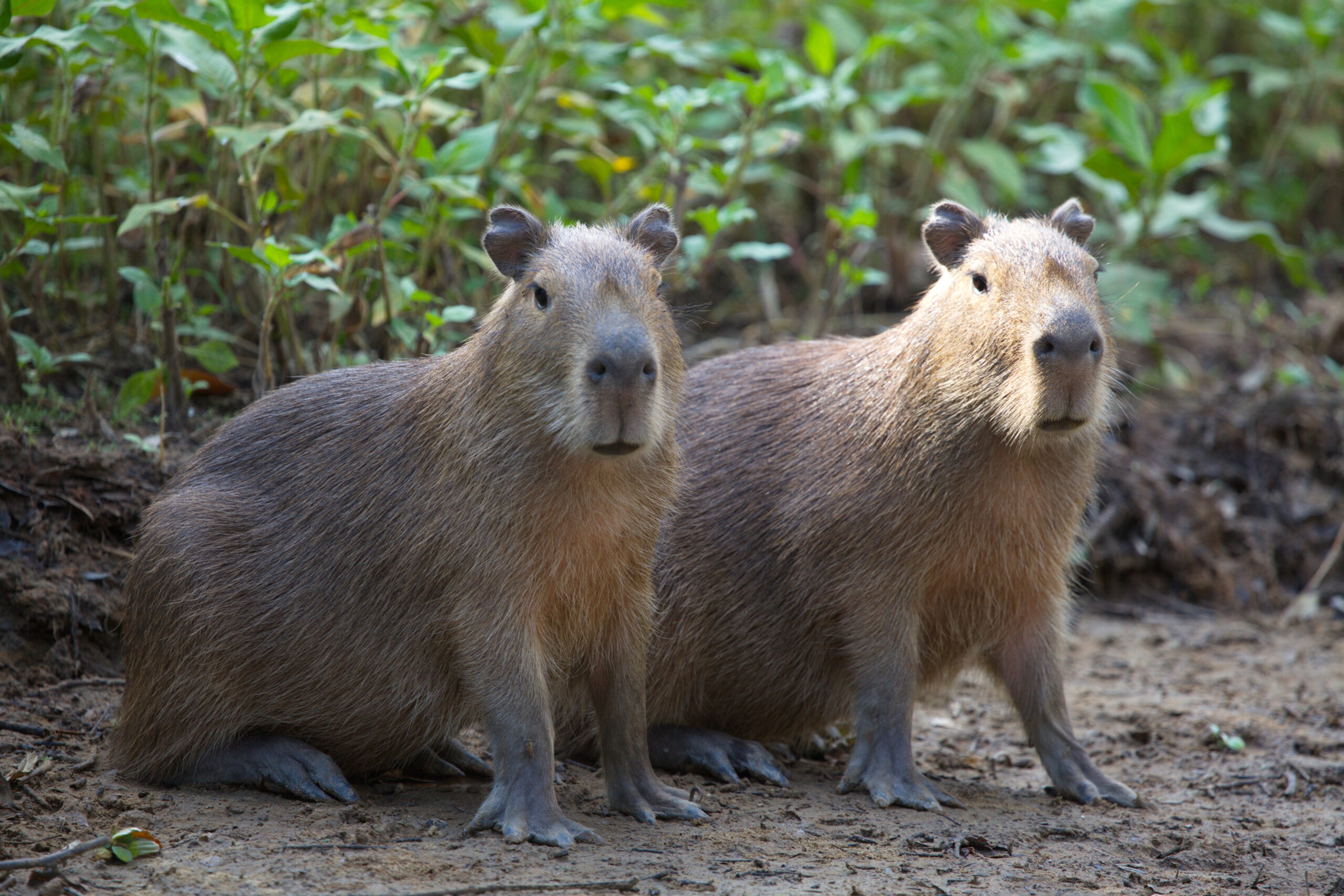
Birds aren’t the only animals to have webbed feet—National Geographic points out that capybaras are one of the few mammals to share this quirk. Webbed feet are a perfect fit for capybaras, as they make it easy for them to navigate through wet and swampy areas.
Capybaras Are Vegetarians
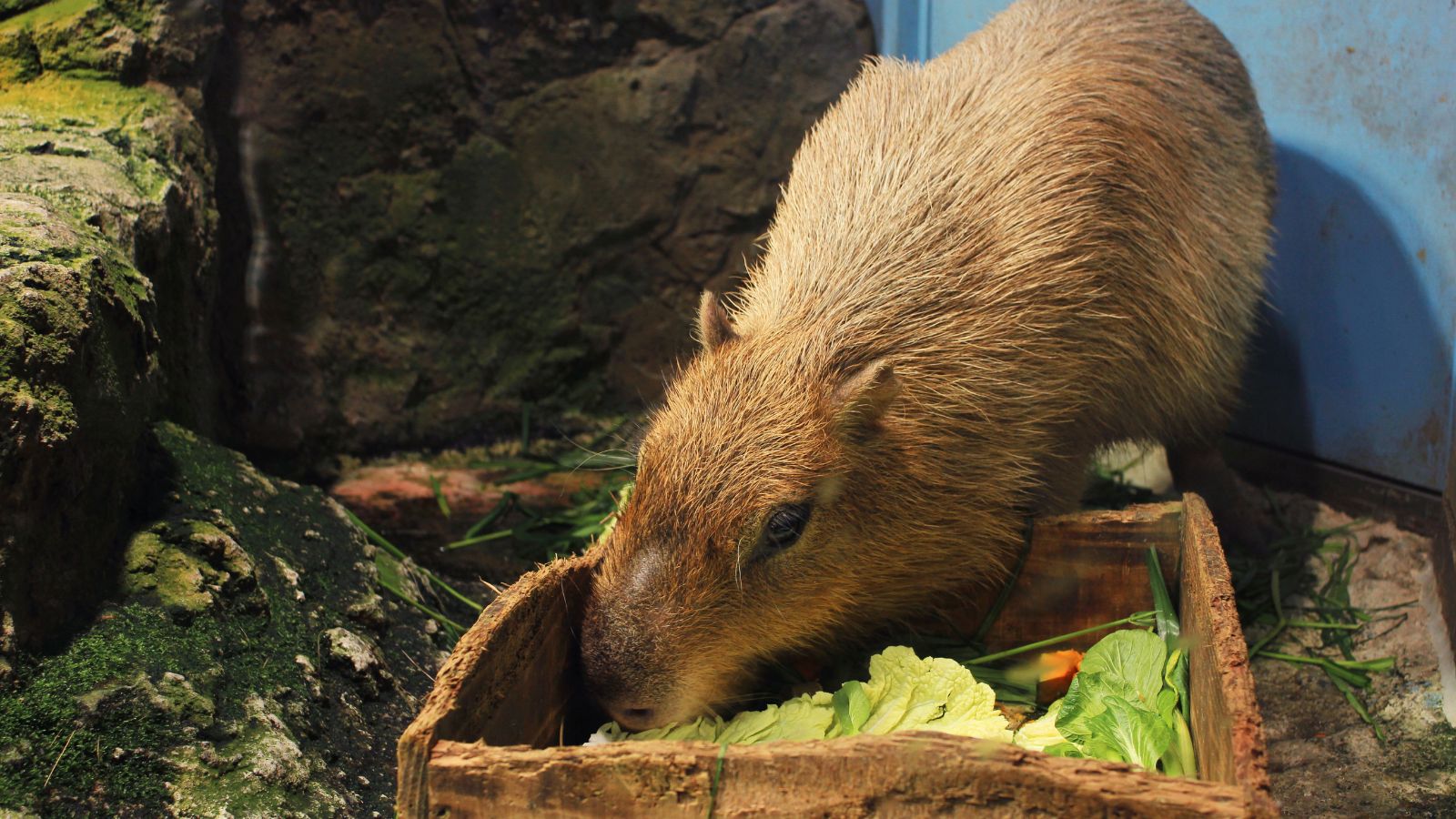
Humans might eat capybaras, but no capybara would even dream of doing the same. This is because capybaras are herbivores, which means that their diet is entirely based on fruits, grains, reeds, and other plants. Guinea pigs are also herbivores—this should come as no surprise because guinea pigs and capybaras are close cousins.
They Feel Most at Home in the Amazon Rainforest
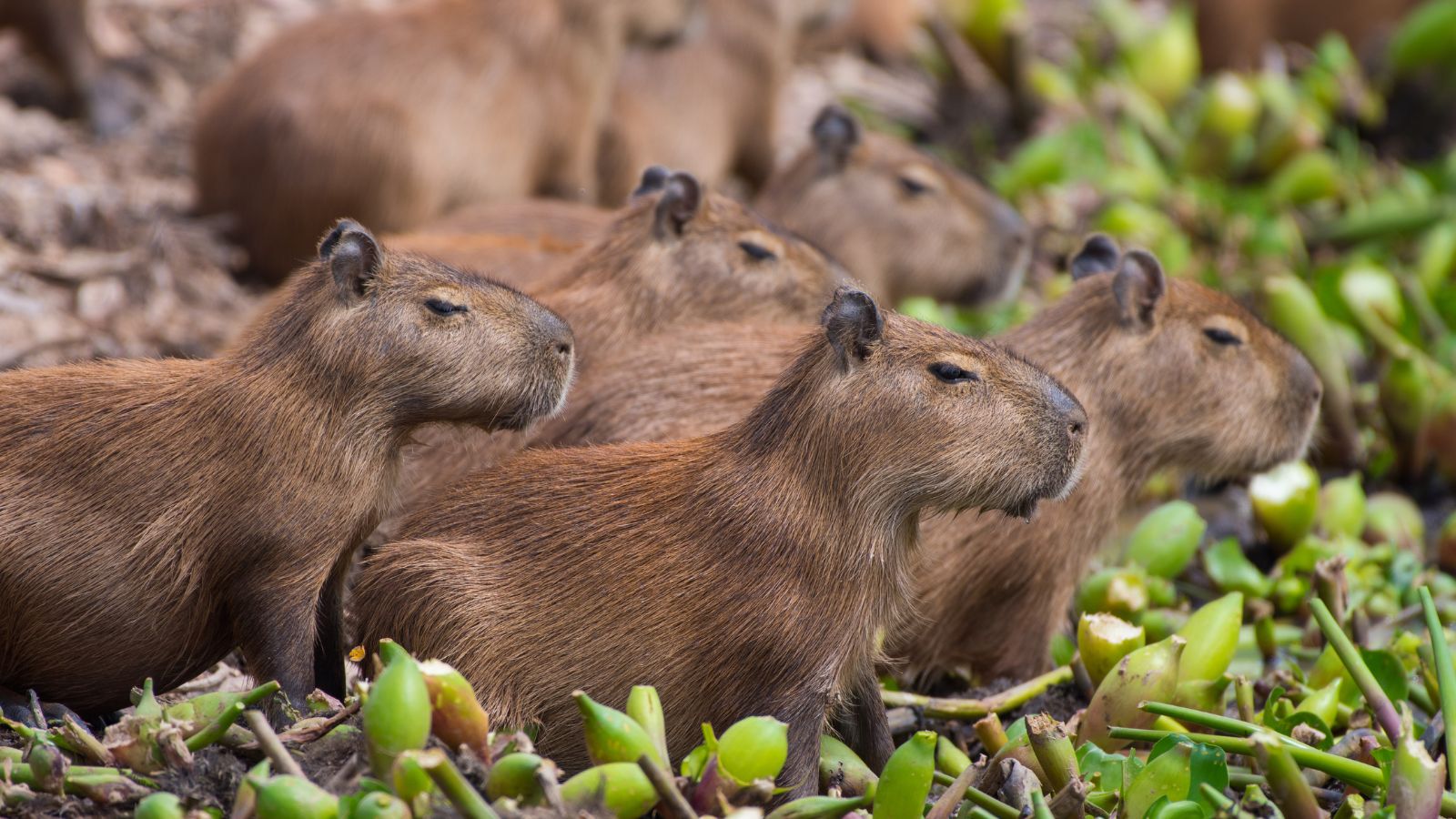
Capybaras can be found throughout South America, including in Colombia, Venezuela, Peru, and Uraguay. They’re particularly at home in the Amazon Rainforest, which provides plenty of food and shelter. They’re one of the 427 animal species currently known to exist in the world’s largest tropical rainforest.
They’ve Fallen Victim to the Fashion Industry
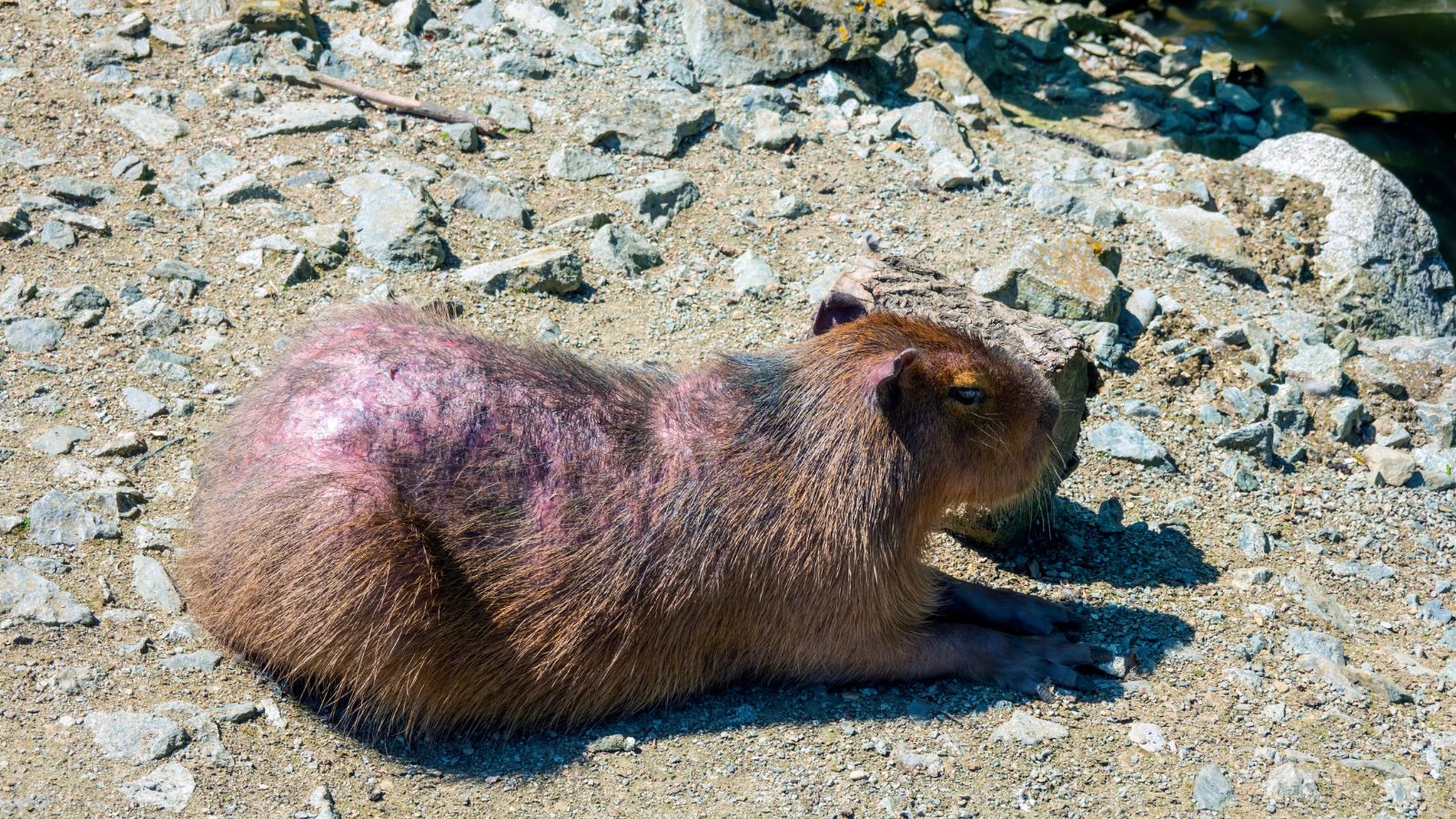
In some areas, capybara populations have been threatened—or even completely wiped out—by hunting. Capybaras are hunted for their skins, which are tanned to create leather for gloves, shoes, hats, handbags, and jackets. Capybara leather is renowned for aging well, which explains the high demand.
Their Teeth Don’t Stop Growing
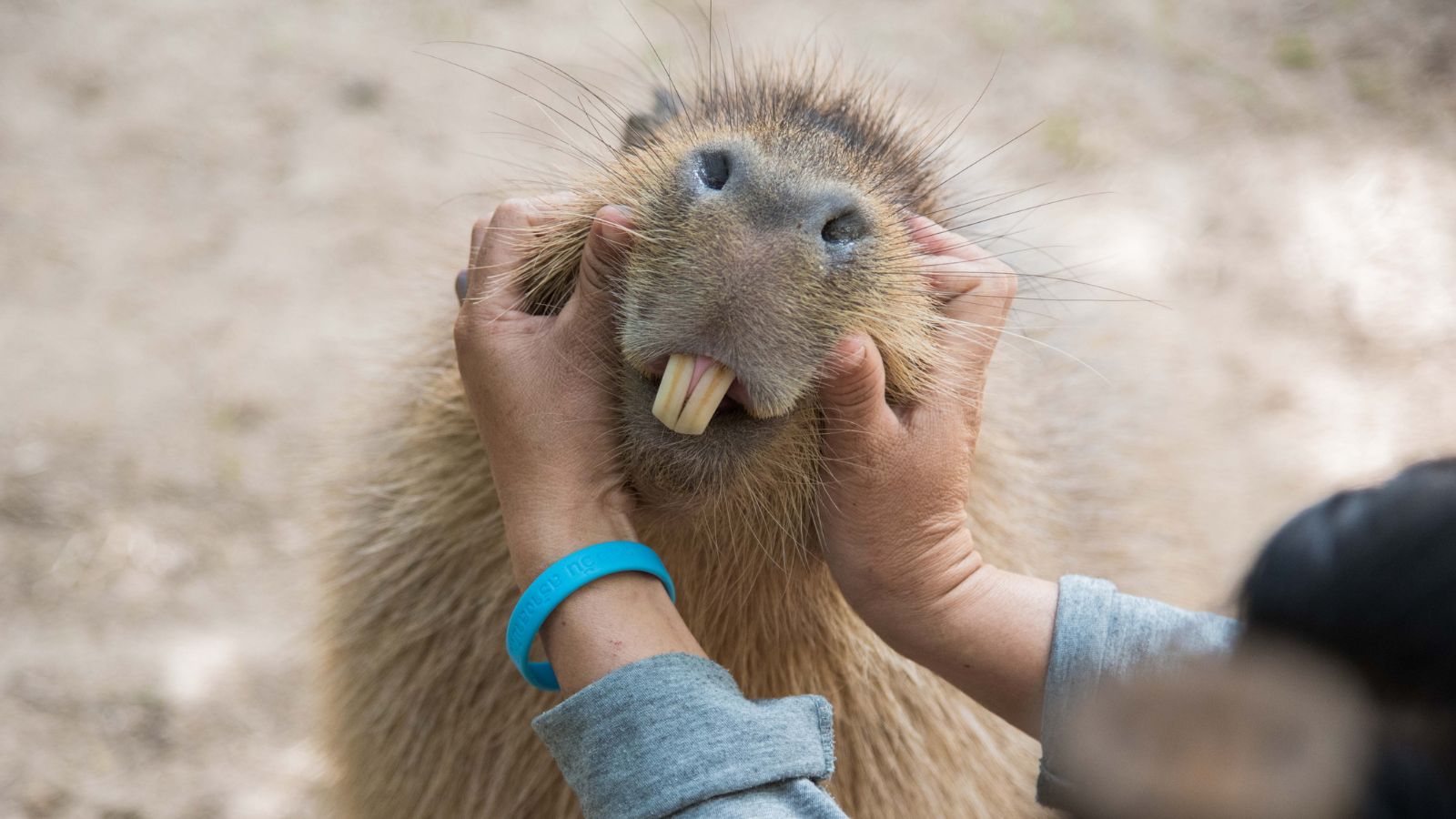
Capybara teeth never stop growing, and steps have to be taken to stop them from reaching comical proportions. Luckily, capybaras can keep their teeth in check by gnawing on grass and other plants.
Some Have Escaped and Are Running Riot in the U.S.!
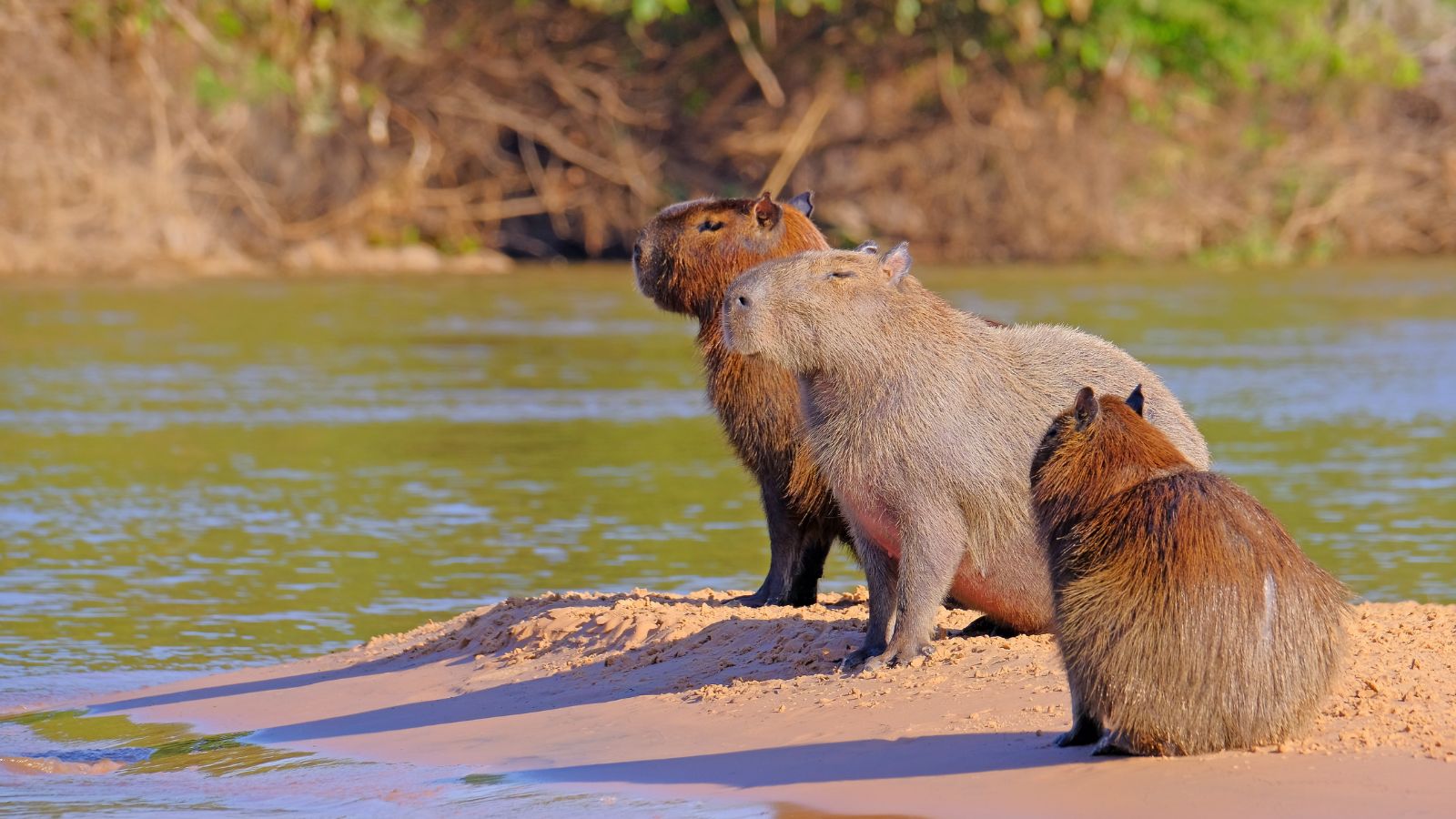
There are reports that Capybaras have invaded parts of the southern U.S.! The Daytona Beach News-Journal explains that swarms of these giant rodents have been spotted in Florida. These invasive capybaras are thought to have escaped from a lab, and there’s concern that they’ll spread disease or eat crops.
Up Next: 17 Phrases Older People Use That No One Else Gets

Each and every generation has its own phrases and sayings that separate it from the rest, and the boomers certainly have plenty. Discover 17 popular boomer phrases that aren’t often used today and what they mean. Maybe you’ll want to bring some of them back!
17 Phrases Older People Use That No One Else Gets
People Who Don’t Show Empathy Usually Have These 18 Traits

The world would be a better place if everyone had a little more empathy. But sadly, in reality, some people show much less empathy than we’d like. Here are 18 traits of people who don’t show empathy.
People Who Don’t Show Empathy Usually Have These 18 Traits
The 17 Unhappiest States in America

The US has hit an all-time low position in the World Happiness Index, tumbling to 23rd in 2024. However, it’s important to remember that location is an important factor; many US states are very happy, unlike the following 17 US states that appear to be the most unhappy.

